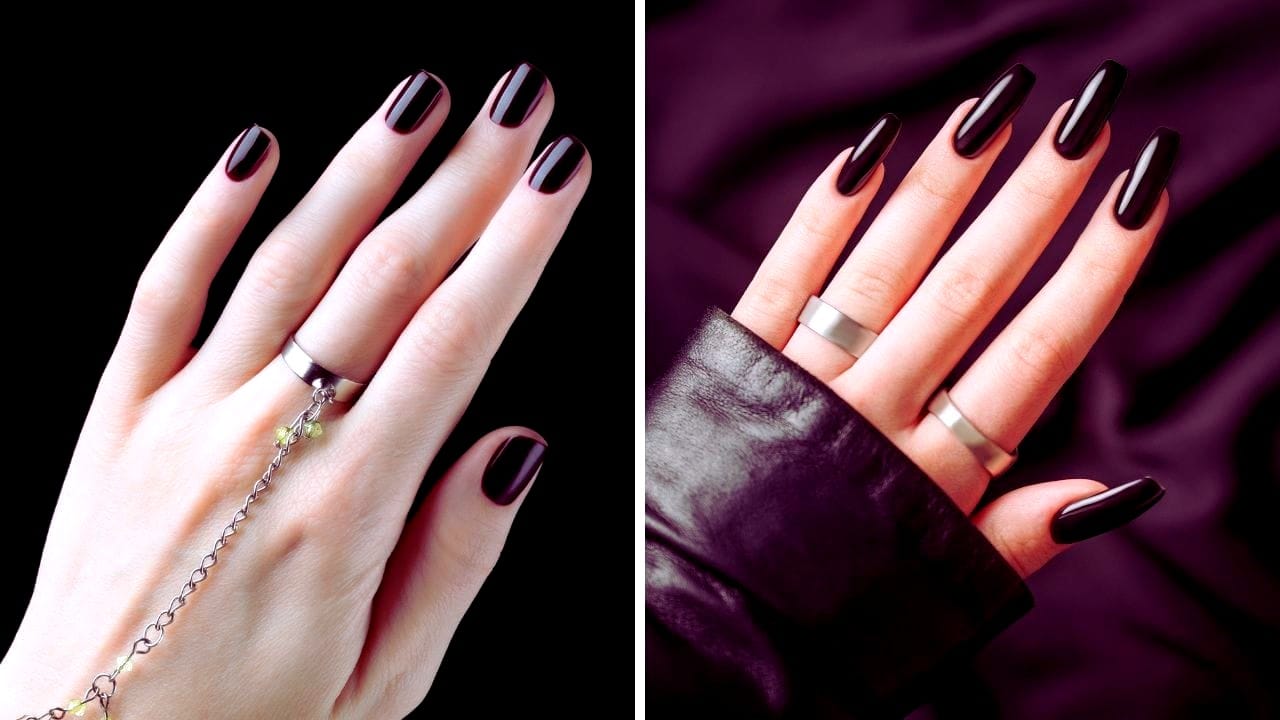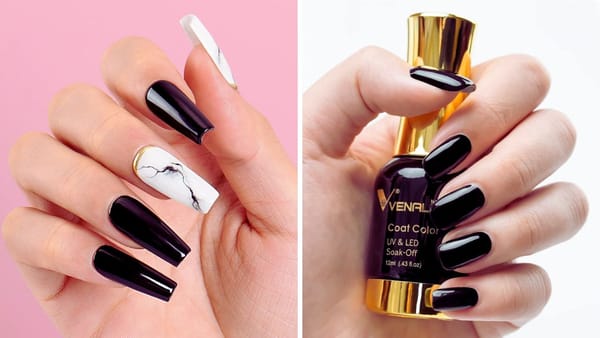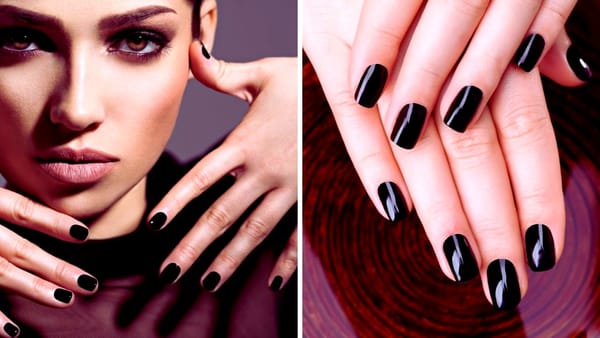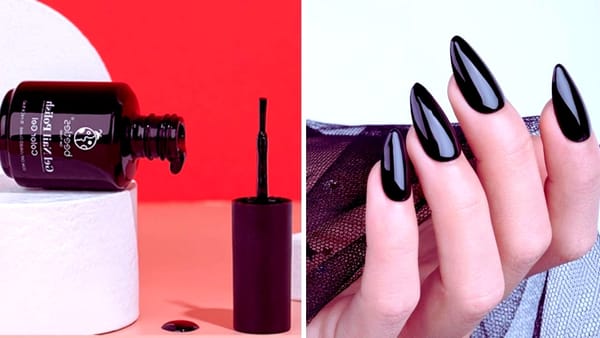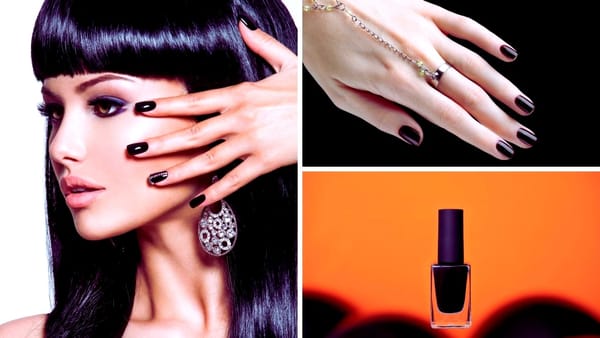Key Takeaways:
- Black gel polish may require more attention during the curing process due to its high pigment concentration.
- Proper technique and equipment are essential to ensure a complete cure without compromising nail health.
- Understanding the intricacies of curing black gel polish can lead to better, longer-lasting manicures.
Gel nail polish has revolutionized the beauty industry, offering long-lasting, chip-resistant manicures that maintain a high-gloss finish for weeks. However, when it comes to darker shades, particularly black gel polish, many nail technicians and DIY enthusiasts wonder: is black gel polish harder to cure? Let's delve into the specifics of curing gel polish and uncover the truth behind this common query.
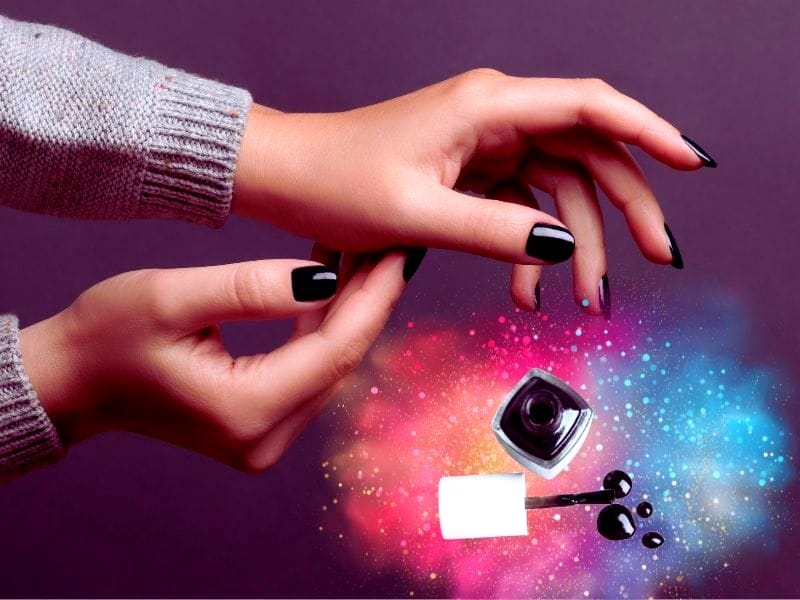
The Science of Curing Gel Polish
Curing gel polish is a chemical process initiated by exposing the polish to UV or LED light. This exposure triggers a reaction in the photoinitiators within the gel, causing it to harden or 'cure.' The effectiveness of this process can be influenced by several factors, including the color and thickness of the polish applied.
Pigment Density and Light Absorption
Black gel polish contains a higher concentration of pigment, which can affect how light penetrates and cures the product. The dense color can absorb more light, potentially leading to an incomplete cure if not addressed properly. This is the most common reason why black gel polish might seem harder to cure compared to lighter colors.
Equipment Efficiency: UV and LED Nail Lamps
The type of nail lamp used—UV or LED—plays a significant role in curing gel polish. UV lamps emit a broader spectrum of light, while LED lamps offer a more targeted wavelength range, which can result in faster curing times. However, both lamps must be in good condition, with functional bulbs or LEDs, to cure gel polish effectively.
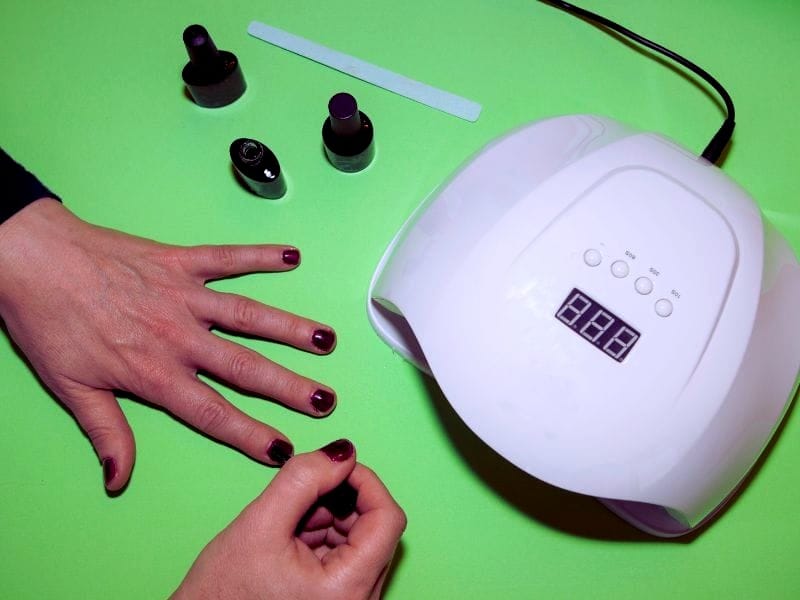
The Importance of Thin Layers
Applying gel polish in thin layers is crucial, especially with black gel polish. Thick layers can prevent the light from reaching the bottom layers, leading to an under-cured manicure. Each thin layer should be cured completely before applying the next to ensure a solid cure throughout.
Curing Time: Patience is Key
The curing time for gel polish typically ranges from 30 seconds to two minutes per layer, depending on the lamp's strength and the polish's formula. Black gel polish may require the longer end of this spectrum to cure completely, so patience and attention to the manufacturer's recommended curing times are essential.
Understanding the Impact of Black Gel Polish
When it comes to curing gel polish, color plays a pivotal role, and black gel polish is often at the center of the discussion. The question, "Is black gel polish harder to cure?" stems from the fact that darker colors absorb more UV light. This absorption can affect the curing process, as the UV light must penetrate through the pigment to harden the gel. For black gel polish, the dense color means light has a tougher job reaching the bottom layers. Consequently, clients' nails may require longer exposure to UV or LED lamps to cure completely. It's not just about the color, though; the formula of the polish and the efficiency of the nail lamp also contribute to the curing time.
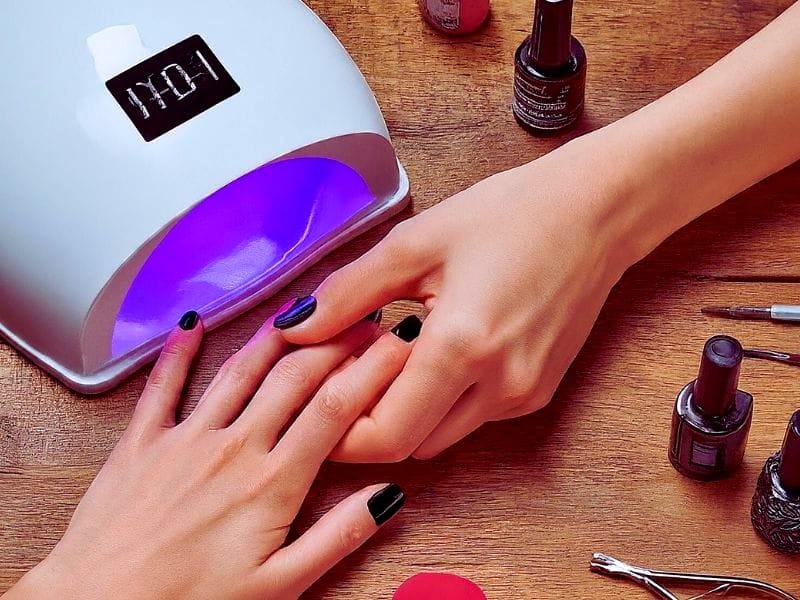
The Importance of Proper Technique with Dark Hues
The technique is crucial when applying and curing darker gel polishes like black. To ensure that the nails cure properly, it's essential to apply thin layers. Thick layers can prevent the UV or LED light from fully reaching the lower levels, leading to a manicure that's not only under-cured but also prone to peeling and brittleness. For acrylic nails or those with a significant curvature, the challenge is even greater, as the light must also navigate the nail plate's shape. A common reason for curing issues with black gel polish is the inadvertent application of thick coats. By maintaining thin, even layers and curing each one thoroughly, technicians can avoid the pitfalls of over-curing and ensure a glossy, durable finish.
The Evolution of Nail Lamps and Curing Efficiency
The technology behind UV and LED nail lamps has evolved significantly, offering more efficient curing solutions for gel nail polish. Modern LED lamps, for instance, have shorter curing times and are often preferred for their speed and energy efficiency. However, not all lamps are created equal. The most common reason for under-cured gel nails is the use of outdated or inefficient lamps. Replacement bulbs, the lamp's wattage, and the distance between the light source and the nail all play a role in how well the gel polish cures. For salons and DIY enthusiasts, investing in a high-quality nail lamp is crucial for achieving the perfect cure. Regular maintenance, such as wiping down the lamp and checking the bulbs regularly, ensures consistent performance.
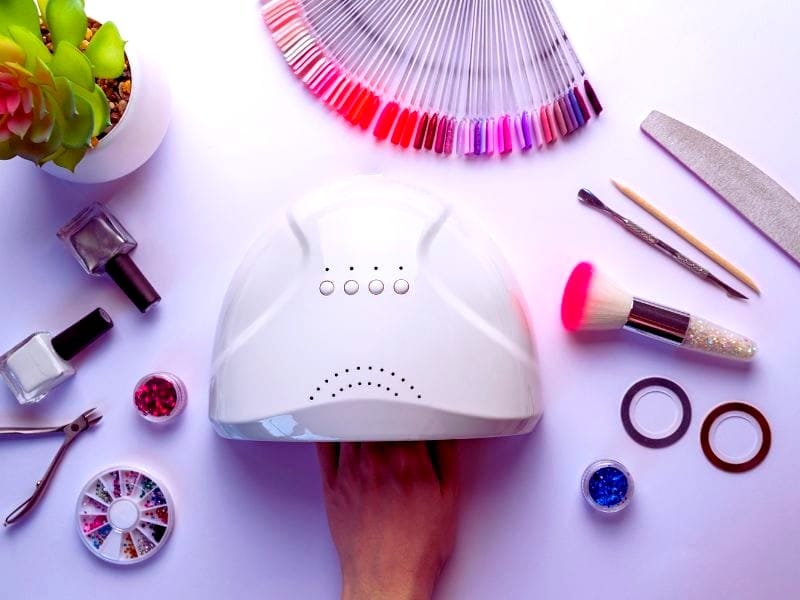
Tailoring the Curing Process to Individual Needs
Each client's nails present unique challenges that require a tailored approach to curing gel polish. Factors such as the thickness of the nail plate, the presence of previous coatings like regular nail polish or acrylic, and even the skin's sensitivity to UV light (where sunscreen can be applied to protect the fingers) must be considered. For instance, thumbnails often need to be cured separately due to their angle and exposure to the light. Additionally, the base coat and top layer may require different curing times to achieve the desired hardness without over-curing. By understanding these nuances and adjusting the curing process accordingly, nail technicians can ensure that each layer of gel polish—from the base coat to the top coat—cures completely and delivers a long-lasting manicure.
Summary
Curing black gel nail polish does require a bit more finesse due to its high pigment concentration. By using the right equipment, applying thin coats, and adhering to proper curing times, you can achieve a fully cured, durable manicure. Remember to consider the specific needs of each client and the particularities of the gel polish brand to ensure optimal results.
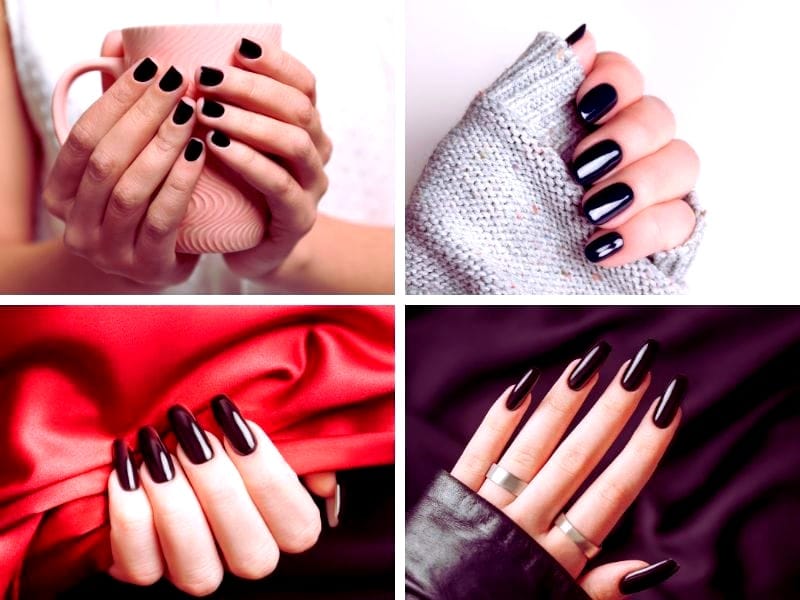
FAQ Section
Can I use a regular nail polish UV lamp to cure black gel polish?
Yes, you can use a regular nail polish UV lamp to cure black gel polish, but ensure the lamp is in good working condition with replacement bulbs if necessary. Follow the recommended curing times for the best results.
What is the most common reason for black gel polish not curing properly?
The most common reason for black gel polish not curing properly is applying the polish in thick layers, which prevents the light from curing the polish evenly. Always apply thin coats and cure each layer completely.
How can I prevent my black gel polish from peeling or lifting?
To prevent peeling or lifting, make sure to prepare the nail plate properly before application, apply thin coats of polish, and cure each layer as directed. Also, avoid over-curing and use a top coat to seal the edges of the nails.
